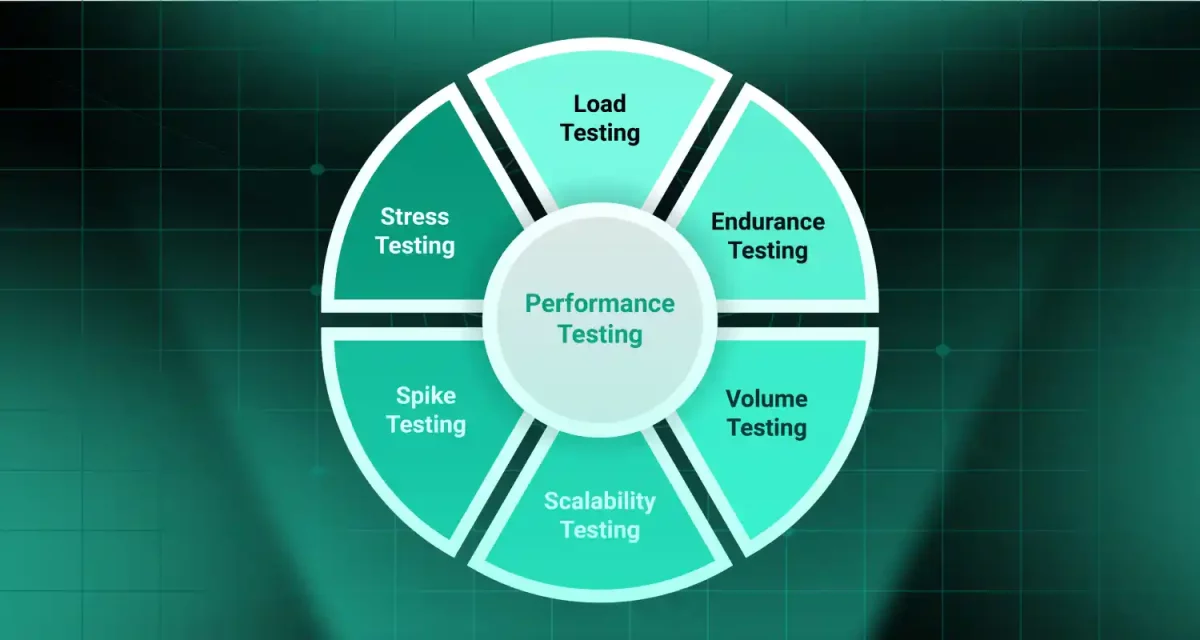 Cloud computing has revolutionized how businesses and developers approach software development and infrastructure management. The three main models of cloud computing are Infrastructure as a Service (IaaS), Software as a Service (SaaS), and Platform as a Service (PaaS).
Cloud computing has revolutionized how businesses and developers approach software development and infrastructure management. The three main models of cloud computing are Infrastructure as a Service (IaaS), Software as a Service (SaaS), and Platform as a Service (PaaS).
While IaaS provides the raw infrastructure and SaaS delivers ready-to-use applications, PaaS sits in the middle, offering a development platform that simplifies application creation, testing, and deployment. With PaaS, developers can focus on building their software without worrying about managing the underlying hardware and software, making it an efficient and scalable cloud solution for businesses of all sizes.
1. What is the platform as a service?
Platform as a Service (PaaS) is a cloud computing model that provides developers with a ready-to-use platform for building, testing, and deploying applications. Unlike Infrastructure as a Service (IaaS), which offers raw Infrastructure, PaaS provides a complete environment that includes development tools, operating systems, and databases, all hosted in the cloud.

This makes the platform a very effective and scalable app development option since it frees developers to concentrate on code and application logic while the platform manages the underlying infrastructure.
Read more >>>> What is Database as a Service (DBaaS)?
2. Advantages of PaaS
Platform as a Service (PaaS) offers powerful advantages that make application development faster, more efficient, and highly scalable. From simplifying the coding process to enabling real-time collaboration, PaaS helps businesses build and deploy applications with greater ease and flexibility.

- Simplified application development: PaaS makes the development process a breeze by handling tricky infrastructure management. This way, developers can concentrate on coding and building applications without dealing with the hardware or network setup. As a result, development cycles speed up, and things become much simpler.
- Cost savings and resource efficiency: By using PaaS, businesses can eliminate the need for costly hardware and software investments. With its pay-as-you-go model, companies only pay for the resources they use, resulting in significant cost savings. PaaS also optimizes resource allocation, ensuring better efficiency and reduced operational costs.
- Scalability and flexibility: PaaS solutions are designed to scale with the needs of your application. Whether you are dealing with sudden spikes in traffic or growing demand over time, PaaS can quickly adjust resources to meet those changes without requiring manual intervention. This flexibility ensures businesses can maintain performance even as they grow.
- Integrated development tools: PaaS platforms have integrated coding, testing, and deployment tools. Features like version control, automated testing, and continuous integration help developers maintain high-quality applications and speed up development.
- Enhanced collaboration and accessibility: Since PaaS is cloud-based, development teams can collaborate in real time from any location. This improves productivity and accessibility, allowing teams to work seamlessly across time zones. Moreover, the centralized nature of PaaS platforms ensures that all stakeholders have access to the most up-to-date information and resources.
These advantages make PaaS an attractive option for developers and businesses looking to innovate quickly and efficiently.
Read more >>> Software Development Life Cycle (SDLC) | Definition, Phases, 9 Models
3. Disadvantages of PaaS

While platform as a service (PaaS) brings many benefits, it also comes with certain limitations that businesses should consider.
- Limited control over Infrastructure: Since the PaaS provider manages the Infrastructure, users have less control over configurations and system-level settings, which may not suit projects with specific customization needs. Regarding potential compatibility issues, some applications or older systems might struggle to fit in with a PaaS environment. These compatibility hurdles can lead to extra development work or adjustments to the system.
- Risk of vendor lock-in: Using a single provider’s tools and services can make it challenging to switch platforms later. This vendor lock-in can restrict flexibility and create long-term dependency.
- Security and compliance issues: Relying on a third-party data storage and app management platform can lead to concerns about data privacy, compliance with industry standards, and overall security. Selecting a reputable PaaS provider that prioritizes robust security measures is crucial.
Understanding these drawbacks is key to evaluating whether PaaS is the right fit for your cloud strategy.
4. Core features of the platform as a service

Platform as a Service (PaaS) has various built-in features supporting the entire application development lifecycle.
- Development tools: PaaS platforms offer a variety of tools like code editors, debuggers, and testing frameworks. These tools help developers write, test, and deploy applications more efficiently, all within a unified environment.
- Middleware and runtime: PaaS includes middleware that connects applications to databases, messaging services, and other systems. It also provides a runtime environment, so apps can run smoothly without needing separate configuration or manual setup.
- Integration and scalability: PaaS makes connecting with third-party services and integrating with current systems a breeze. Plus, its built-in scalability means that applications can expand alongside user demand, automatically adjusting resources whenever necessary.
These core features make the platform as a service a flexible and developer-friendly option for modern cloud-based application development.
5. When is PaaS the right choice?

Project size and type: Platform as a Service (PaaS) is ideal for small to medium-sized projects that require rapid development and deployment. It’s beneficial for web and mobile app development, where speed and scalability are priorities.
Skill levels of the team: PaaS is a fantastic option for teams that might not have much experience managing infrastructure. Taking care of the backend complexities lets developers concentrate on creating features and enhancing the user experience.
Cost and time constraints: With its pay-as-you-go model and ready-to-use tools, PaaS helps businesses reduce upfront costs and accelerate time-to-market—perfect for startups or teams working under tight deadlines.
6. PaaS vs. Other cloud service models

Comparison with Infrastructure as a service (IaaS)
While IaaS offers complete control over virtual servers and storage, PaaS provides a managed platform for development. IaaS suits teams needing deep customization, whereas PaaS is better for faster, streamlined app development.
Comparison with software as a service (SaaS)
SaaS delivers ready-made applications to end users, while PaaS gives developers a platform to build custom apps. PaaS sits between IaaS and SaaS, offering more flexibility and less complexity than IaaS.
Benefits and trade-offs
PaaS balances speed, scalability, and ease of use but may lack the control of IaaS or the simplicity of SaaS. Choosing the right model depends on your team’s goals, technical skills, and project needs.
7. Conclusion
Platform as a Service (PaaS) simplifies application development by offering integrated tools, automated infrastructure management, and flexible scalability. While it has some drawbacks—like limited control and potential vendor lock-in—it’s a powerful solution for teams seeking speed, efficiency, and reduced overhead.
Businesses evaluating PaaS should consider their project size, team capabilities, and long-term growth plans. PaaS can unlock faster innovation and a smoother path to digital success with the right fit.




